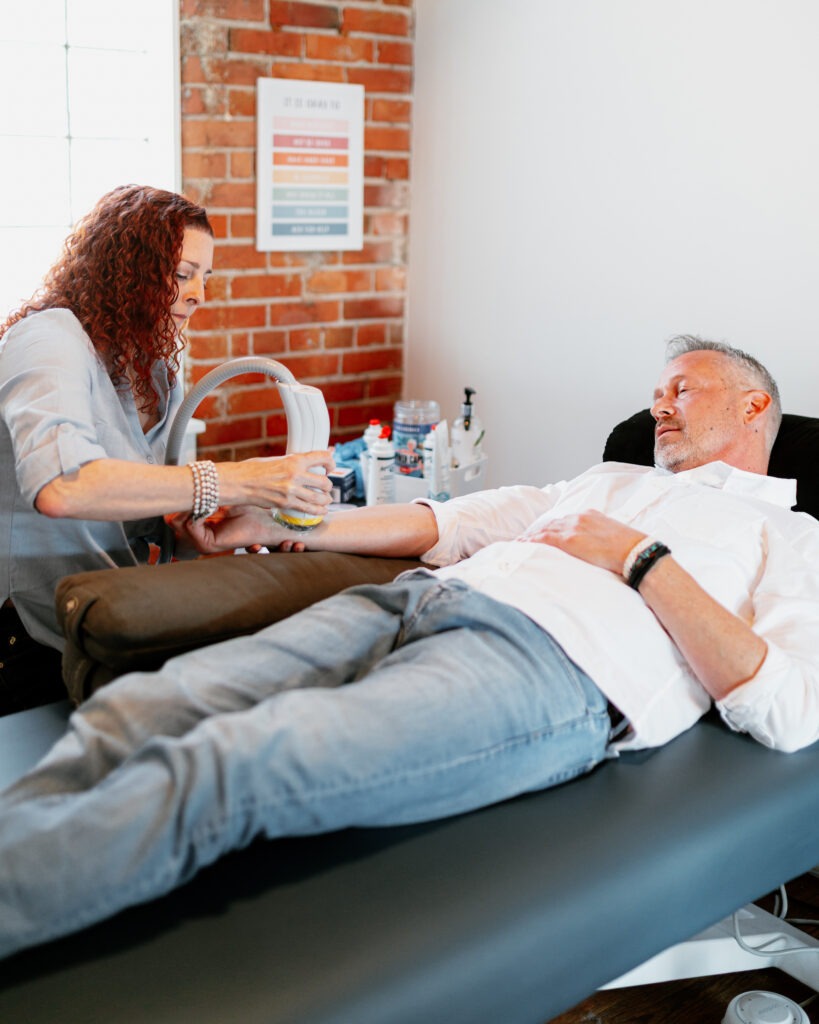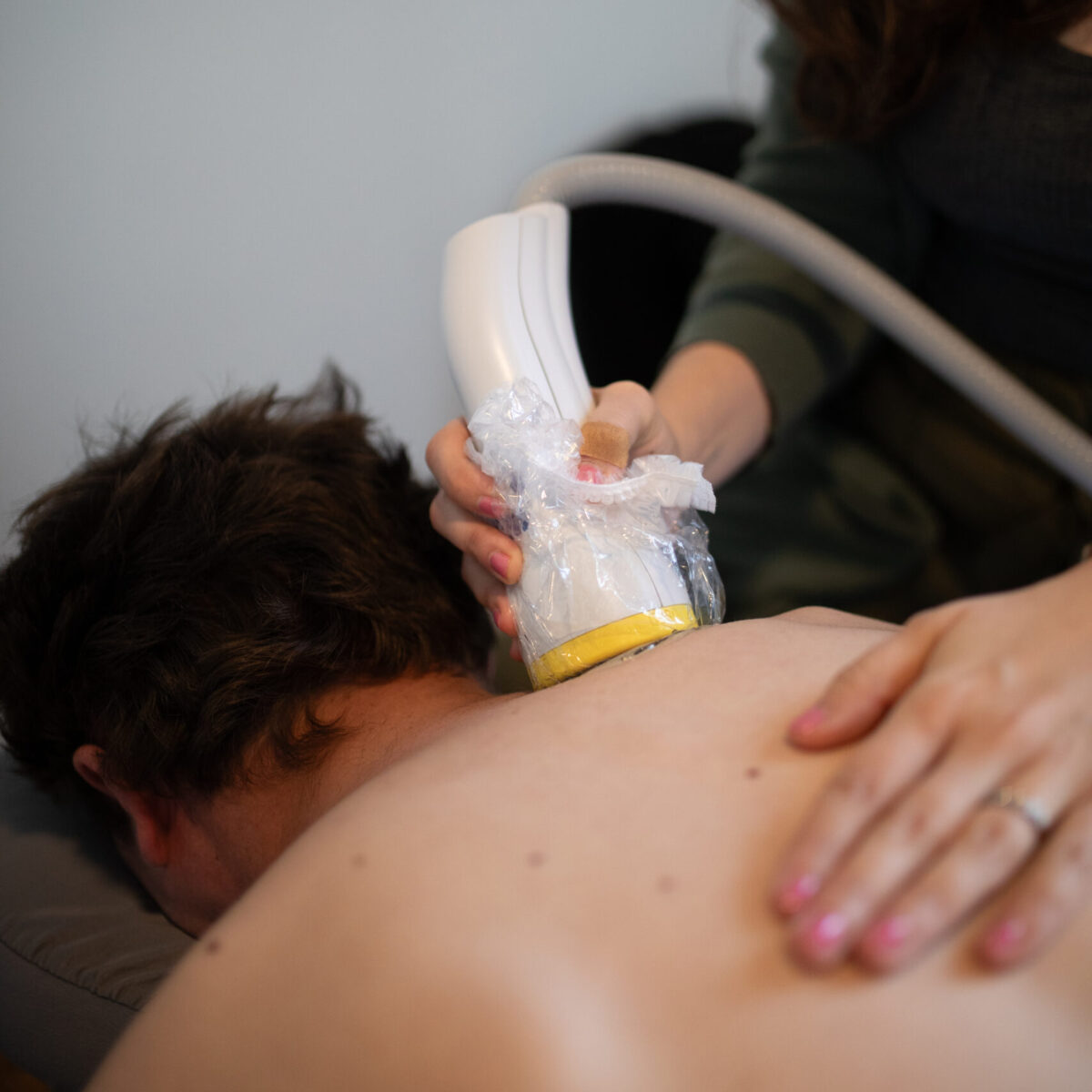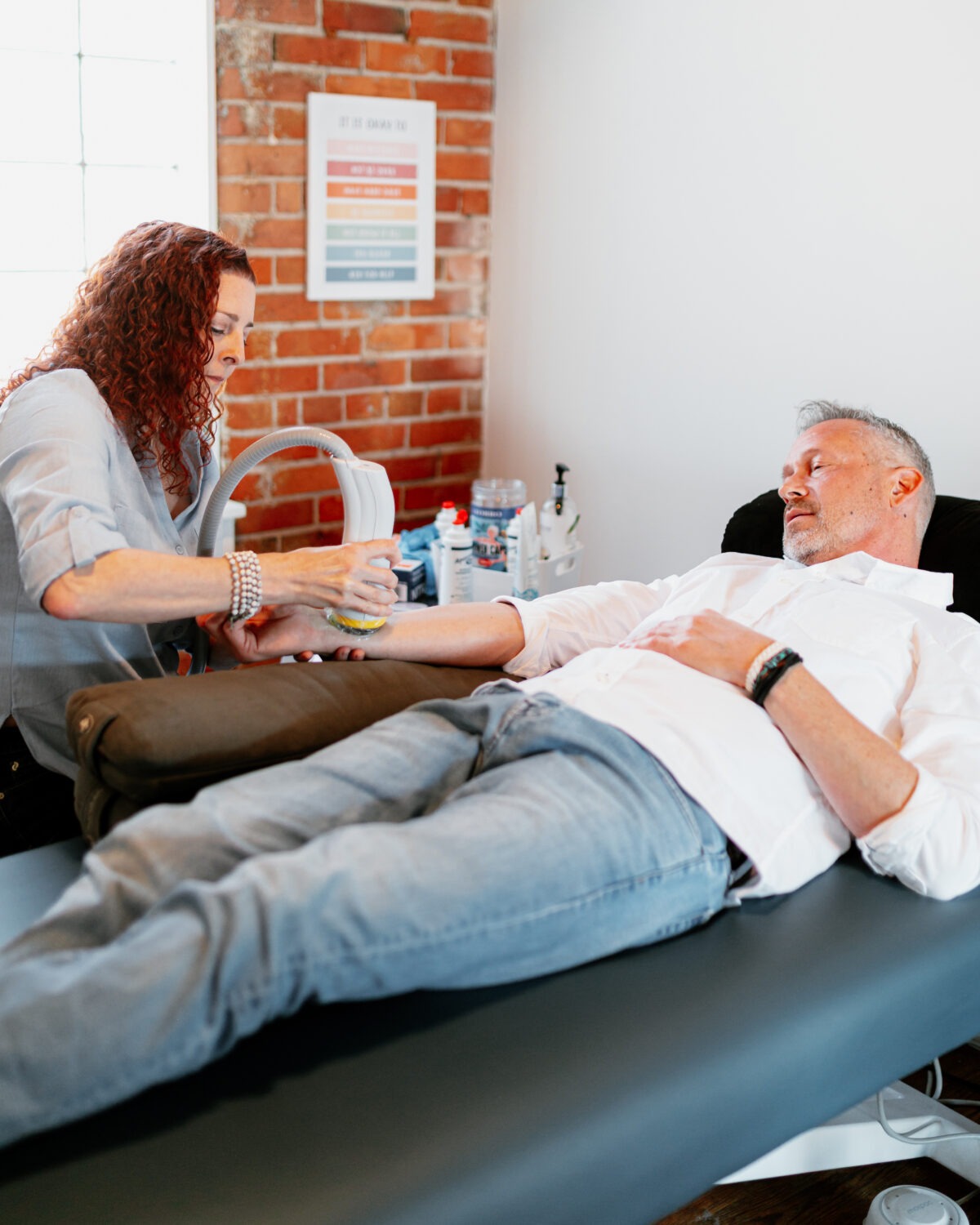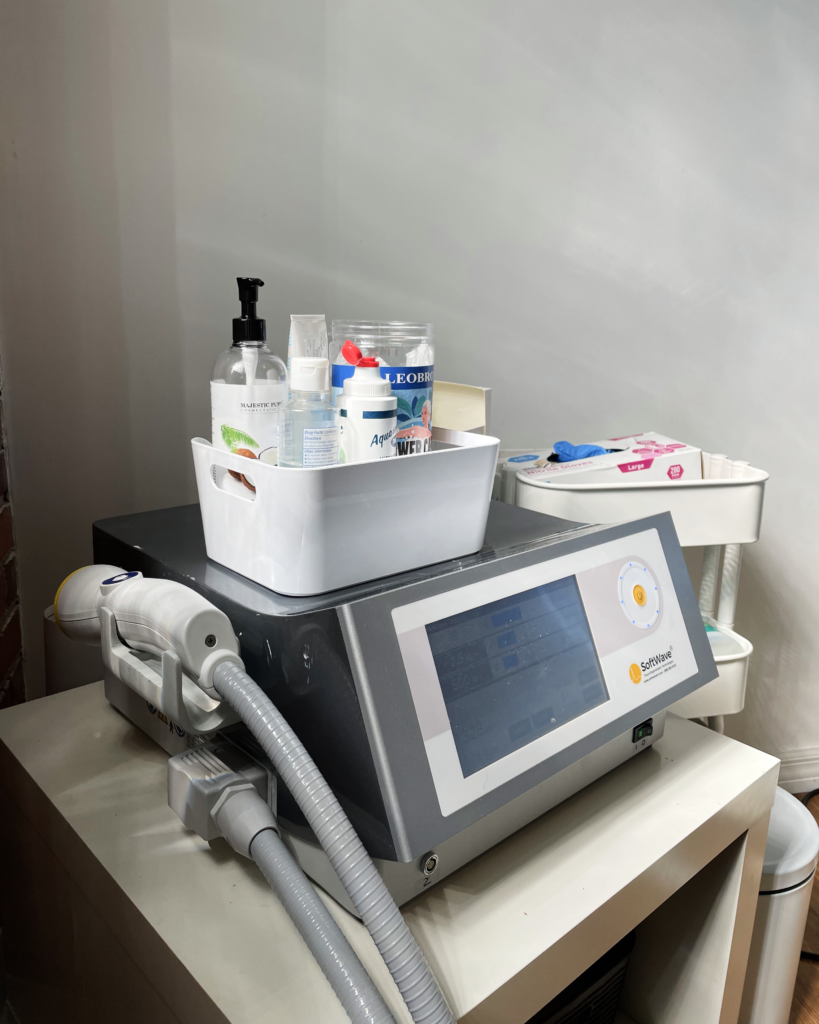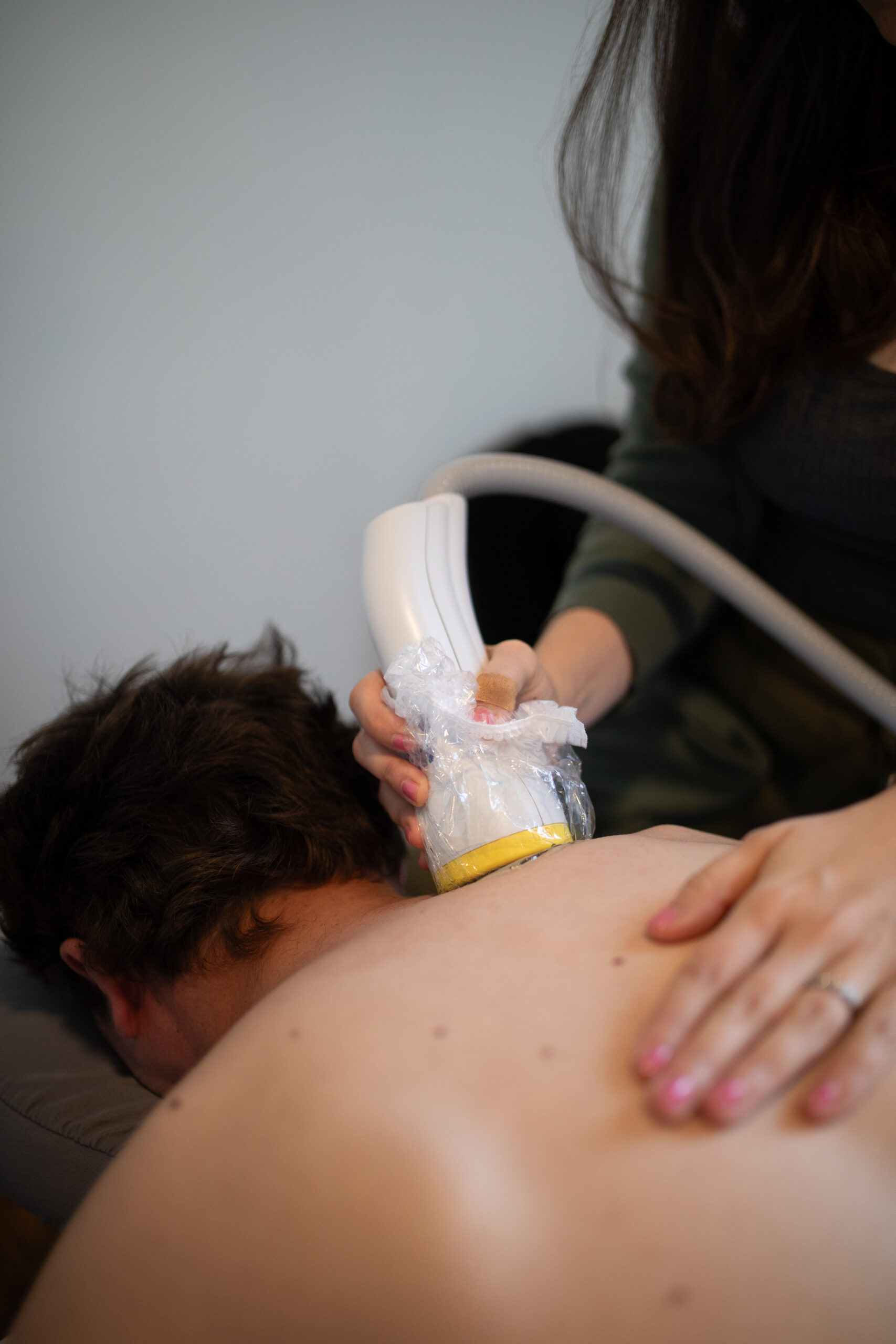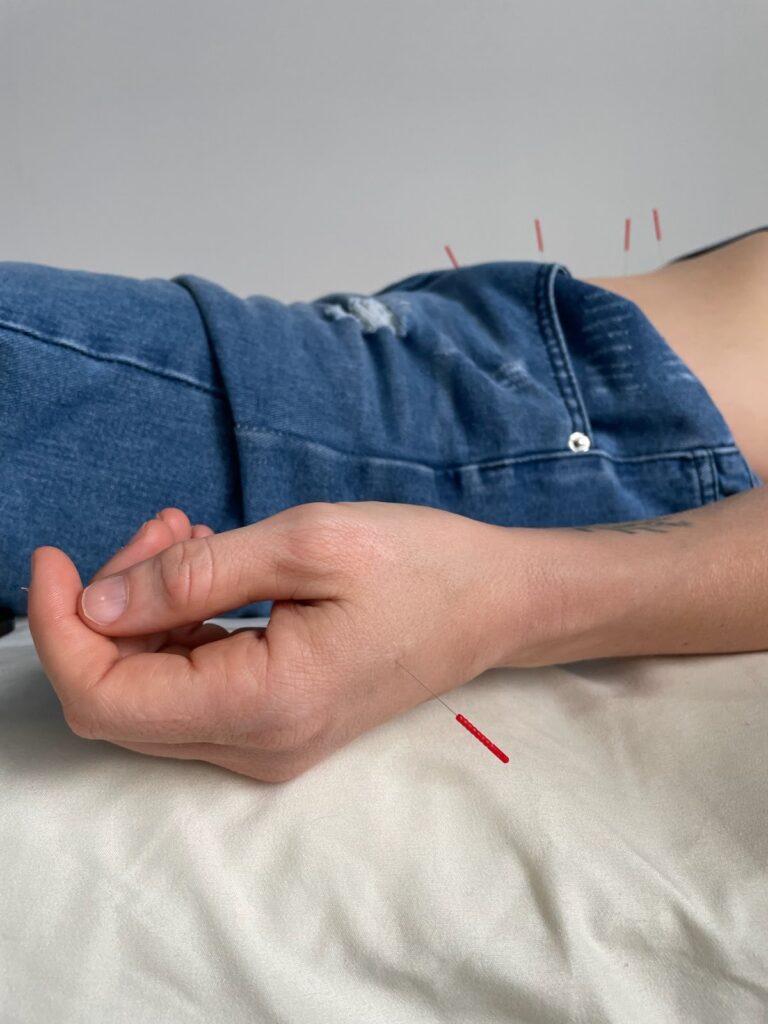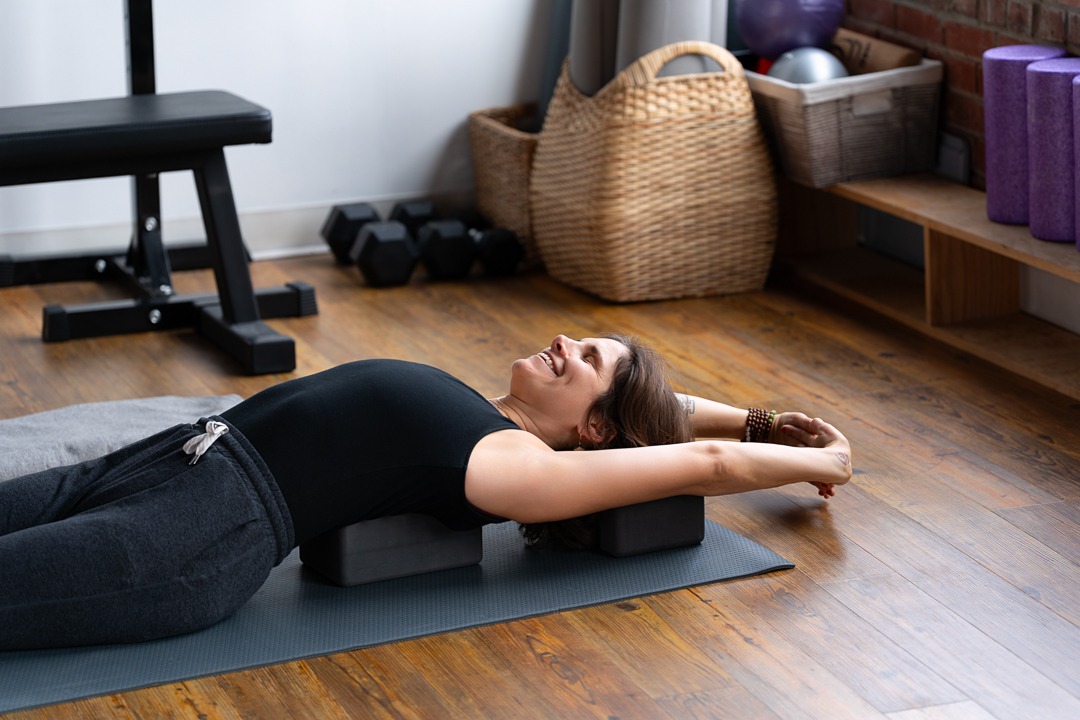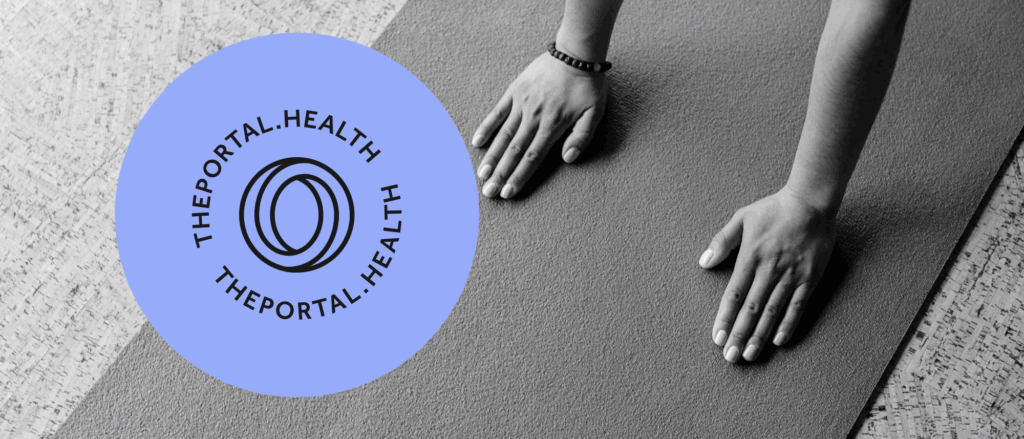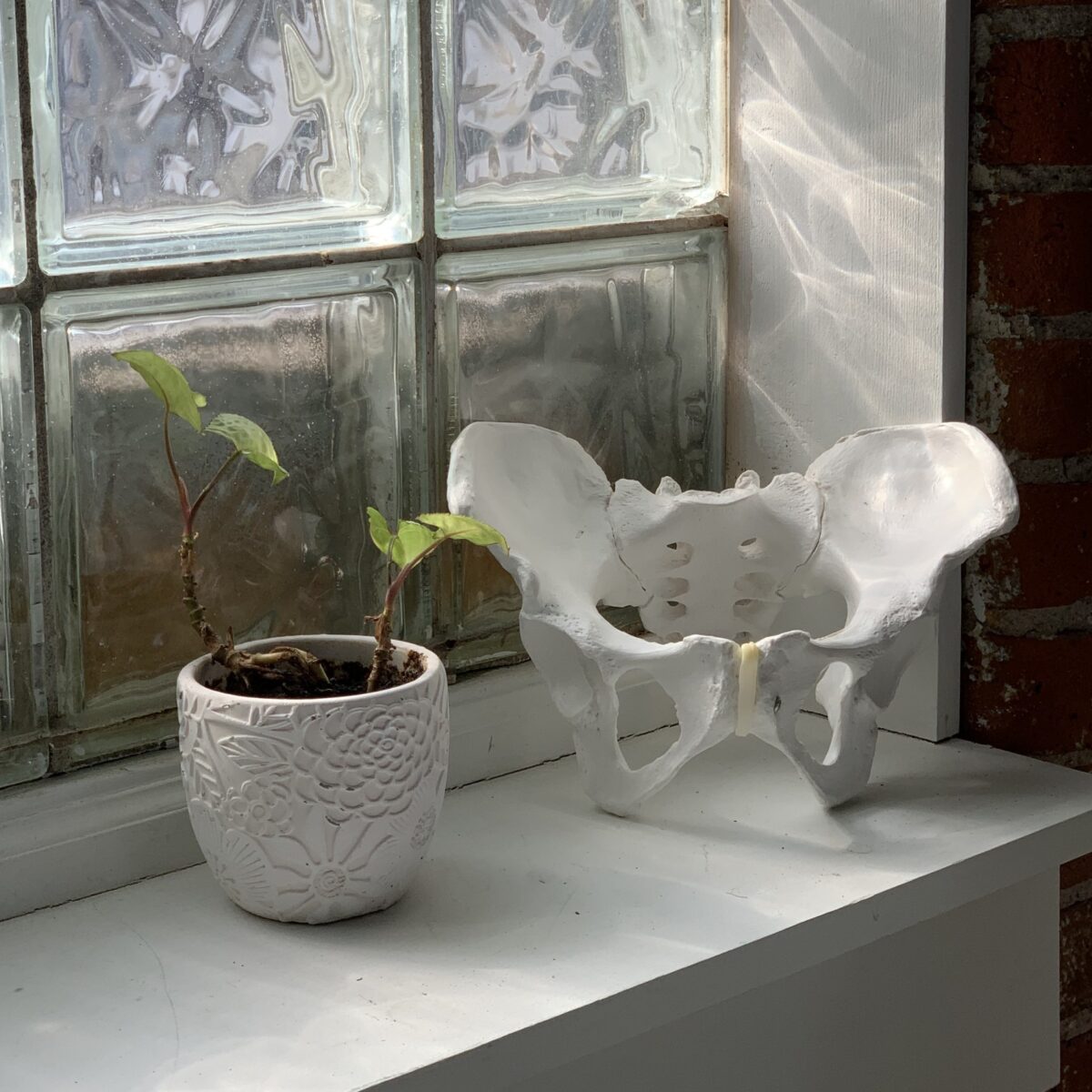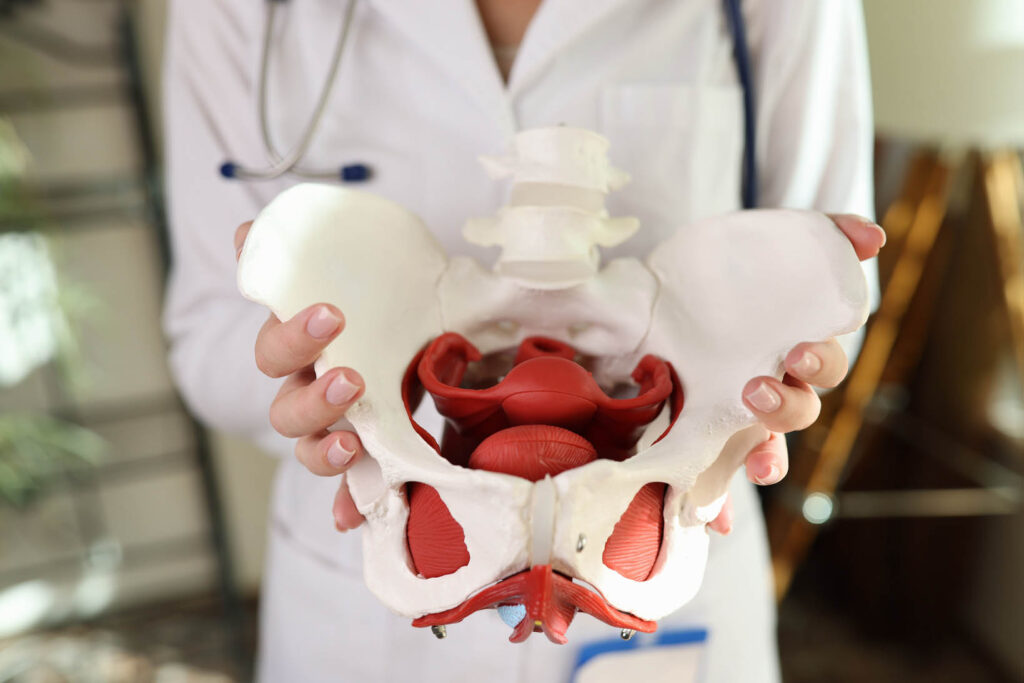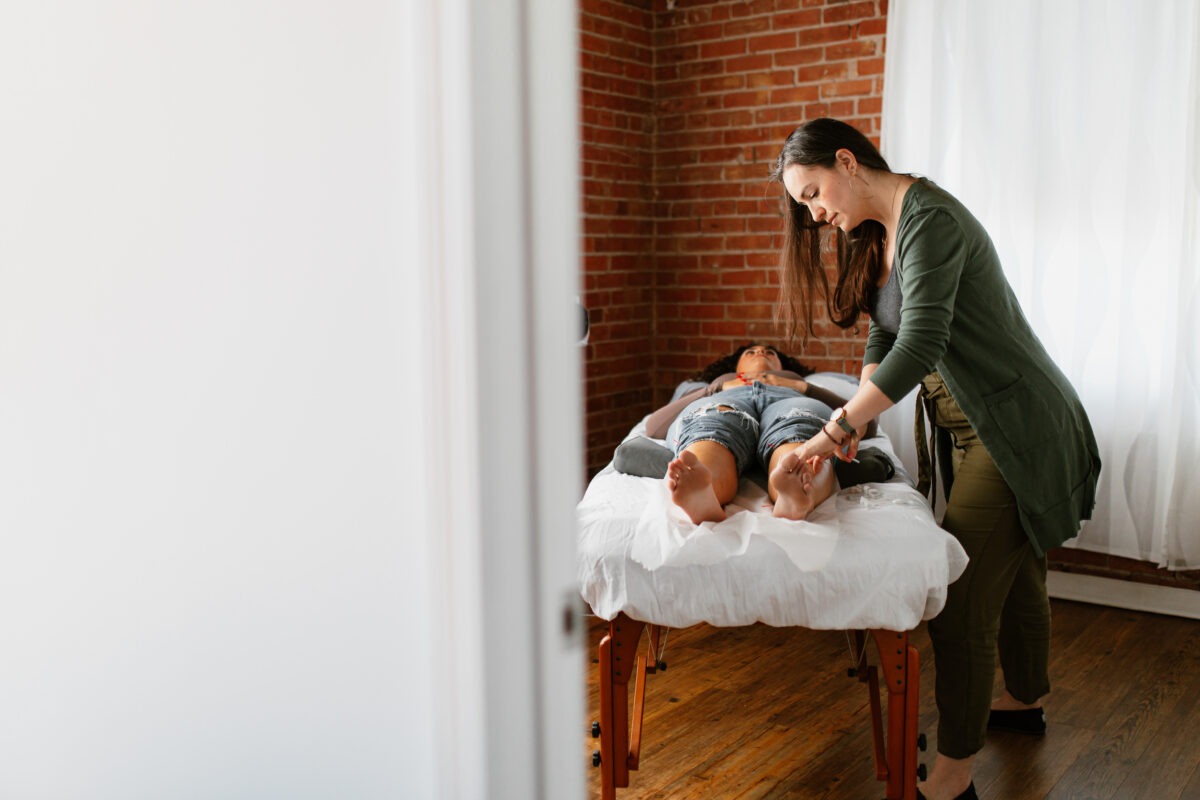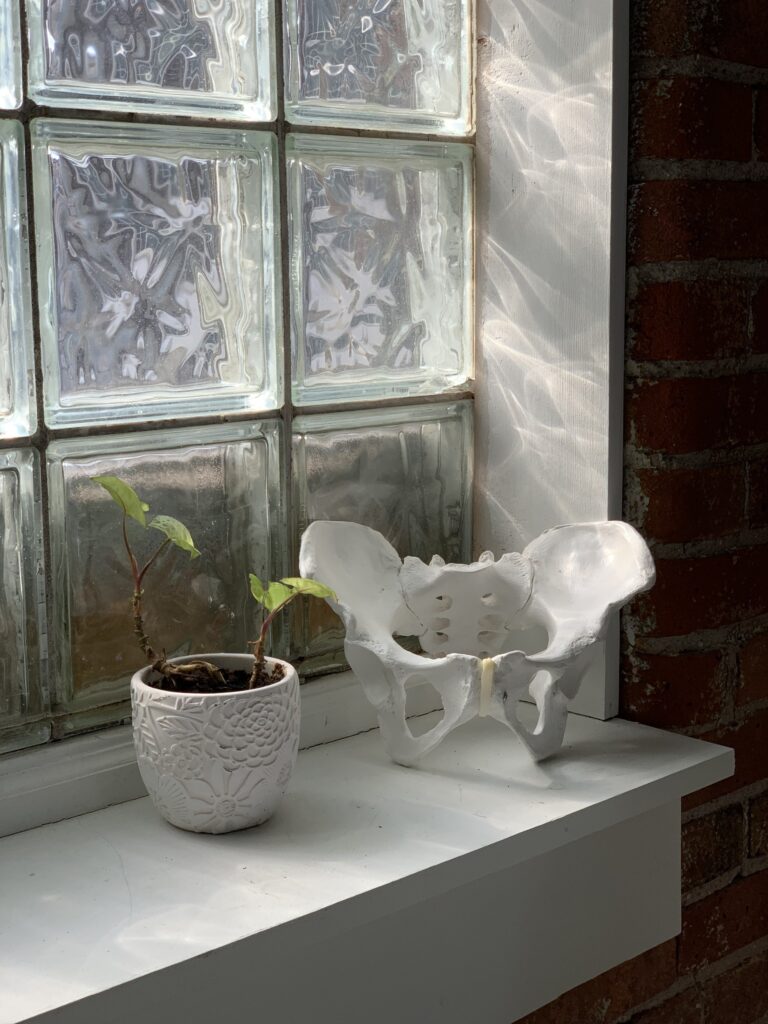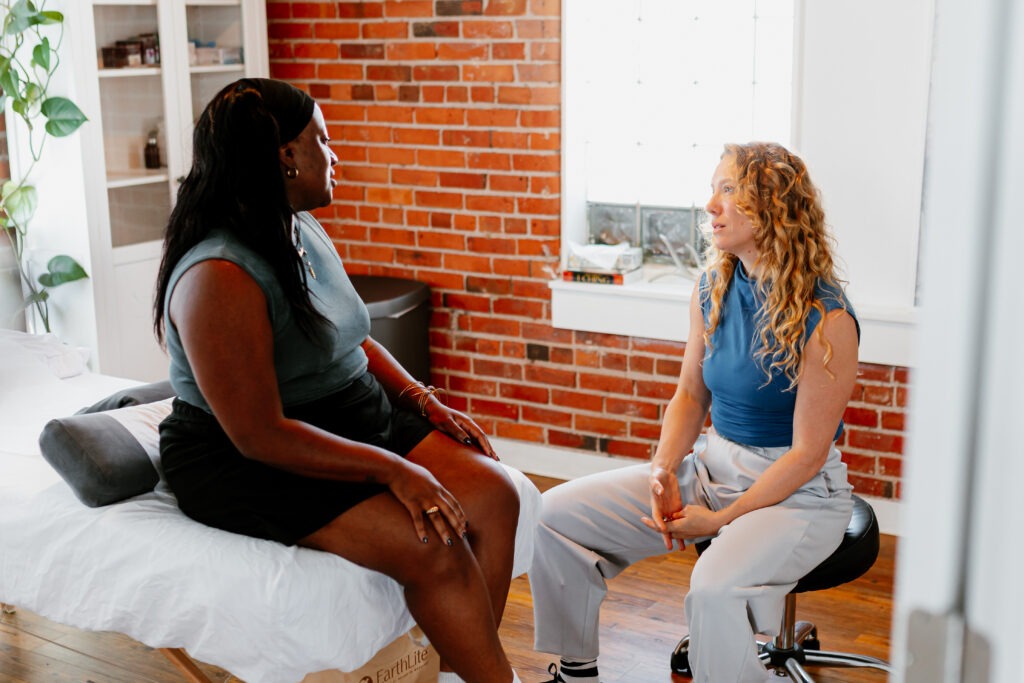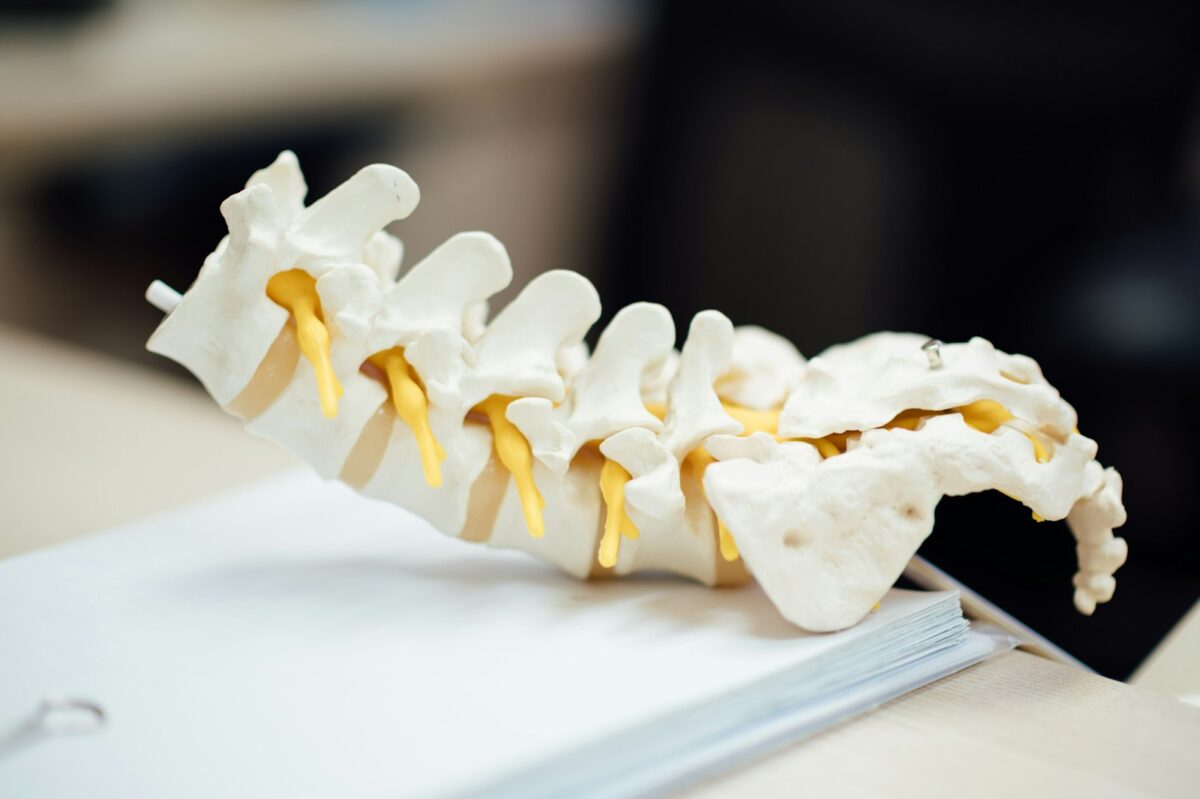Your SoftWave Therapy Questions, Answered
Questions are normal, and welcome! Especially for something as wild sounding as “Shockwave Therapy” 😉 We will coach you through it all.
What does it actually feel like?
A gentle to mild pulsing, tapping, snapping sensation is what most people feel during treatment.
How many sessions will I need?
It depends! Typically we recommend treatments to be done on a once a week basis for 3-5 weeks, but each person is different, and every issue has its own recommended treatment timing for seeing best results. If you’re curious, reach out to our office!
Each condition that is treated with SoftWave TRT is unique and may require treatment time. Most patients experience improvement after the first session! If you don’t, don’t be discouraged. Sometimes the subsequent sessions are when things start to take shape and make progress.
Is it safe? Should anyone avoid Softwave therapy?
It is safe!Softwave is FDA approved, and trusted and researched by the top major medical research centers in the U.S. There are little to no side effects or risk associated with treatments. For some, redness and soreness can occur, but usually subsides in a day or two.
People who should NOT get Softwave Therapy include;
Pregnancy ESWT is contraindicated in pregnant patients, particularly over the abdominal and pelvic regions, due to potential risks to the developing fetus. Although treatment of distal extremities may pose less risk, it is generally advised to avoid ESWT during pregnancy.
Coagulation Disorders Patients with bleeding disorders or those on anticoagulant therapy are at increased risk of hematoma formation and prolonged bleeding following ESWT. Caution is advised, and thorough coagulation status assessment is essential before treatment.
Presence of Pacemakers or Other Electronic Implants The mechanical energy from shockwaves may interfere with the function of implanted electronic devices such as pacemakers. ESWT should be avoided in areas proximal to such devices to prevent potential malfunctions.
Malignancies in the Treatment Area Applying ESWT over malignant tumors is contraindicated, as the therapy may stimulate tumor growth or metastasis through increased vascularization and cellular activity
How does it compare to other treatments?
Broadly speaking, Softwave is doing to the tissues what acupuncture is doing: increasing blood flow, reducing inflammation, and cueing the body’s natural healing process to occur. Softwave Therapy has the added benefit of 1) reaching deeper into areas of tissue that we may not normally be able to reach with acupuncture, such as the pelvic floor and 2) increasing the formation of blood vessels and tissue regeneration.
While Softwave is a much faster and less “invasive” treatment method than acupuncture (appointments are only 15 mins long, compared to an hour) it does not have the added benefits of being able to treat the nervous system (stress, anxiety, emotional regulation) or internal health in the way that acupuncture does. Acupuncture can also treat things like pain, stress, and internal issues all at the same time.
Physical therapy sessions alone can definitely treat your pain through manual therapies, but can also do wonders to address muscle strengthening/coordination and breath connection after stubborn/persistent pain has cleared up by Softwave Therapy.
Getting ready for your first appointment:
It’s pretty dang easy- come as you are! No special clothing or preparation is required. We may need you to partially undress and cover up with a sheet provided in the treatment room, depending on what we are focusing on, and the treatment will involve the application of some Ultrasound gel to the area. Other than that, you will be on your way in 15-20 minutes, keeping your day flowing with an added healing boost!
See for yourself, and start today.
Softwave Therapy can be administered by any of our practitioners. Give our office a call or text at 716-325-0427 to book today!
